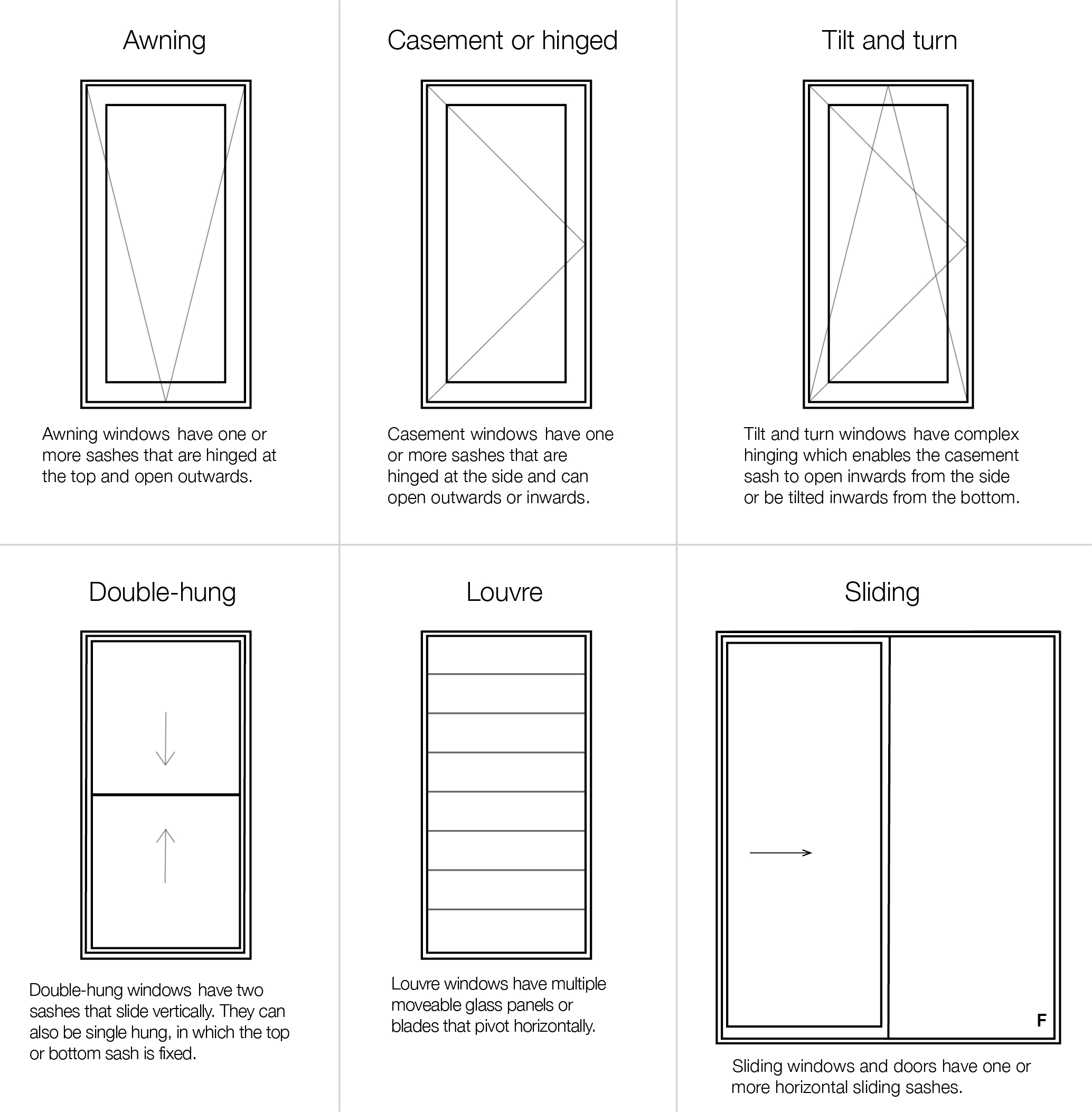All Categories
Featured
Table of Contents
Improve Your Home's Energy Efficiency With Double Glazing in Woodbridge WA
That window can send more solar heat in winter than in summer season. A west-facing window on a summer's afternoon has an angle of occurrence from near 0 up to 30 with a big effective location of solar radiation. A north-facing window, in summertime, has a high angle of incidence and a low reliable area of solar radiation, so can send less heat than a west-facing one.

You can quickly and easily improve the thermal efficiency of your home by changing your windows. There are thousands of types of glass and frames to choose from.
Which Double Glazing Company Is The Best? in Winthrop Western Australia
Single glazing with clear glass is not extremely efficient when it comes to heat loss or gain. To improve performance, you can utilize single glazing with a more energy-efficient type of glass such as low emissivity (low-e) glass.
Numerous layers can be assembled with sealed cavities between each sheet of glass. IGUs usually offer much better energy efficiency than single glazing, since they transmit less energy. However, the energy efficiency of IGUs likewise depends on: the homes of each layer of glass. Various glass types (for instance, clear and low-e glass) can be put together in an IGU.
The Science Behind Double Glazed Windows in Cottesloe WA

IGU cavities can be filled with air or a more inert, low-conductivity gas such as argon the width of the cavity. Larger cavities provide lower (better) U values, with 12mm normally accepted as the favored space how well the cavity is sealed.
If argon is set up to the cavity in place of air, wetness is reliably omitted the level of desiccant (drying agent). The spacer (metal or polymer strip) that separates the glass layers includes a desiccant to take in any moisture. Insufficient desiccant might trigger wetness to condense on the glass surface in cold conditions, lowering thermal performance.
Twinglaze® Double Glaze Specification Act - Vic in Carramar Western Australia
In reality, IGUs can deliver better energy efficiency for all environments, specifically in heated and air-conditioned houses. Cross-section information of single, double and triple-glazing units Low emissivity glass (commonly referred to as low-e glass) decreases heat transfer. Low-e glass might be either high or low transmission: High transmission low-e glass has a covering that allows daylight from the sun to pass into your house to attain great solar heat gain, but reduces the quantity of the long wavelength infrared heat that can get away back through the window.
Low-e glass has either a pyrolytic finishing or a vacuum-deposited thin film metal covering. Pyrolytic finishings are resilient and can be used for any glazing; vacuum-deposited finishings are soft and are just used within IGUs. Low-e finishings can substantially improve both U value and SHGC; however, they must be utilized properly or they will either degrade or fail to perform as required.
Best Way To Block Sun Heat From Windows [Professionally] in Henley Brook Perth
Low-e finishings can be used in mix with clear, toned or reflective glass. Low-e coverings on glazing can reduce heat transfer where required Image: Department of Market, Science, Energy and Resources Toned glass has colouring additives included during manufacture. It is available in numerous colours, typically bronze, grey, blue and green.
Table of Contents
Latest Posts
How Much Money Does Double New Glazing Save? in Piesse Brook Western Australia
Does Double Glazing Reduce Heat In Summer Uk? in Hocking Western Australia
Summer House Windows Online - Windows24.com in WA
More
Latest Posts
How Much Money Does Double New Glazing Save? in Piesse Brook Western Australia
Does Double Glazing Reduce Heat In Summer Uk? in Hocking Western Australia
Summer House Windows Online - Windows24.com in WA